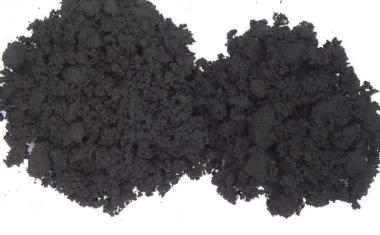US Environmental Protection Agency to Ban Chlorpyrifos
After more than a decade, the US Environmental Protection Agency (EPA) is finally moving to block the use of the controversial insecticide active ingredient chorpyrifos on food crops. It will still be permitted for nonfood uses such as on golf courses, turf, utility poles and fence posts as well as in cockroach bait and ant treatments.
With the decision by DuPont subsidiary Corteva last year to phase out the chemical’s application on vegetable crops, application of chlorpyrifos was already seen as waning, even as successive EPA administrators appointed by former president Donald Trump refused to remove it from the market. At the time, Corteva said the phase-out was in reaction to declining demand, not the prospect of regulatory action.
The EPA’s announcement this week was mandated by the 9th Circuit Court of Appeals – the same California federal court that has thwarted Bayer’s efforts to deflect lawsuits claiming that Monsanto’s glyphosate-based herbicide causes cancer. Stepping up the pressure on the environmental regulator to halt the agricultural use of the chemical or prove its safety, Judge Jed S. Rakoff gave the EPA a deadline of Aug. 20 to take action.
In an unusual twist, implementation of the new policy, which will take effect in six months, will not follow the standard regulatory procedure. In most cases, the EPA first publishes a draft, then takes public comment before publishing a final rule. In compliance with the court order, which stressed that the science linking chlorpyrifos to brain damage is more than a decade old, the rule will be published immediately in final form without a draft or public comment period.
The petition heard by the court was filed by agricultural labor and environmental advocacy groups including Pesticide Action Network North America, the Natural Resources Defense Council, EarthJustice, the United Farmworkers, the Farmworkers Association of Florida, Labor Council for Learning Disabilities and the Hispanic Medical Association, to name several of the organizations supporting it.
Several US states, led by California, Hawaii, New York and Maryland, have already banned or restricted the use of chlorpyrifos. The attorneys general of those four states, as well as those of Washington, Vermont and Massachusetts, joined the petition.

EPA action could slash US use by 90%
In the petitioners’ estimate, the EPA ruling will effectively eliminate more than 90% of chlorpyrifos use in the US. The chemical is suspected of causing low birth weight and neurological disorders such as reduced IQ and other developmental problems in children, especially those whose mothers were exposed to it during pregnancy. “It took far too long, but children will no longer be eating food tainted with a pesticide that causes intellectual learning disabilities,” Patti Goldman, an attorney at Earthjustice, commented.
“Ending the use of chlorpyrifos on food will help to ensure that children, farmworkers and all people are protected from the potentially dangerous consequences of this pesticide,” said EPA head Michael S. Regan. Acknowledging that the court’s directive is unusual, Michal Freedhoff, the agency’s assistant administrator for chemical safety and pollution prevention, added that, “it speaks to the impatience and the frustration that the courts and environmental groups and farmworkers have with the agency.”
The US environmental watchdog began studying chlorpyrifos in 2007, when two environmental NGOs filed a petition asking it to prohibit foods that contain residue of the insecticide; however it was eight years before in 2015, during the administration of former US president Barack Obama, the EPA began the process of revoking all uses. The work had not been completed when Donald Trump was elected in 2016.
Making short shrift of the Obama administration’s plans, Trump’s first EPA administrator, Scott Pruitt, said chlorpyrifos was “crucial to US agriculture” and – without presenting the evidence – claimed that he had “meaningful data and meaningful science” proving it was safe. In vacating the Trump EPA’s 2017 and 2019 decisions preserving chlopyrifos’ status, Rakoff said that rather than ban the pesticide or impose restrictions, the agency “sought to evade, through one delaying tactic after another, its plain statutory duties.”
Author: Dede Williams, Freelance Journalist
















